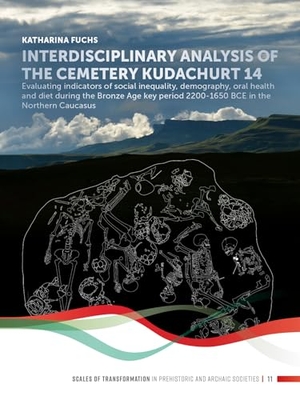Für statistische Zwecke und um bestmögliche Funktionalität zu bieten, speichert diese Website Cookies auf Ihrem Gerät. Das Speichern von Cookies kann in den Browser-Einstellungen deaktiviert werden. Wenn Sie die Website weiter nutzen, stimmen Sie der Verwendung von Cookies zu.
Cookie akzeptieren
Katharina Fuchs
Interdisciplinary analysis of the cemetery Kudachurt 14
- Sidestone Press Dissertations
- 2020
- Gebunden
- 406 Seiten
- ISBN 9789088909047
Representing both a barrier and a corridor between the Eurasian and Asian continents, the Caucasus has constituted the setting for various socio- economic transformations throughout prehistory. The transition from the Middle to the Late Bronze Age in the Northern Caucasus is a period characterised by a shift from pastoral lifeways in the steppe to sedentary lifestyles in the high mountains, and the change from hierarchical to egalitarian societies. In this context, this book provides basic scientific research on social inequality, demography, oral health, and diet of humans that lived between 2200-1650 BCE in the central North Caucasian foothills. Due to the outstanding preservation of its archaeological
Mehr
Weniger
zzgl. Versand
in Kürze